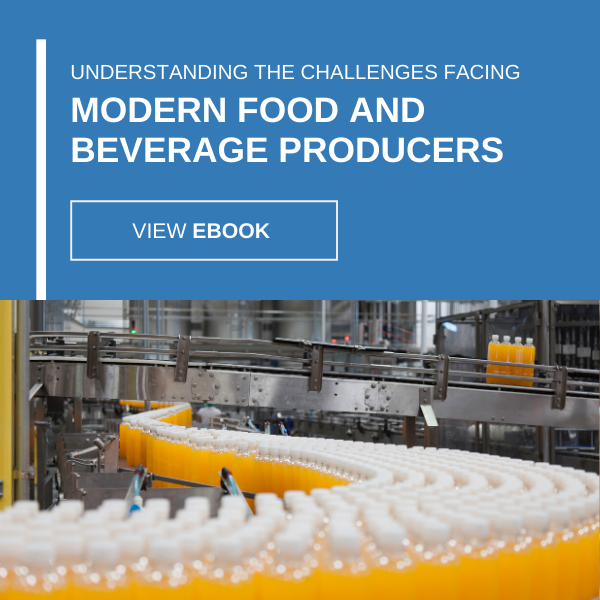
Fresh Food Providers Can Freeze Costs with Strategic Sourcing
Where can the food and beverage industry reduce procurement costs for better strategic sourcing?
Strategic sourcing isn’t achieved overnight – it’s a discipline honed over the lifetime of a given business. High procurement costs may seem like a necessary evil to continue producing products and services customers have grown to love. True strategic sourcing practices root out pockets of spending, apply dynamic methods to reduce waste in the short term, secure more working capital for business owners going forward, and leave room for new ways to build off previous gains.
The food and beverage industry has a number of unique hurdles that Cheif Procurement Officers (CPOs) and other procurement staff within an organization will need to navigate to keep upfront costs low, as well as bolster a long-lasting and fruitful relationship with its suppliers. As such, strategic sourcing practices must account for these challenges to rise beyond them.
Fresh foods warrant fresh perspectives on procurement contracts
Consumers today want freshness in the foods they eat and produce providers have answered the call, according to a 2015 Produce for Better Health Foundation report. Fresh fruit stock in stores has grown by 4 percent in the last five years, and the youngest generation’s increased interest in vegetables could easily lead to significant demand in the near future. Inversely, during that same period, canned produce inventories dropped by 13 percent.
“30% of an American shopper’s budget is spent on fresh food alone.”
While highly sought after, freshness presents problems for sourcing. How are businesses expected to supply customers with the fruits and vegetables they crave when they’re out of season? For other organizations that process fresh ingredients as raw materials, this problem is just as unavoidable. Procurement may just be a matter of finding an available supplier half a world away, but increased logistics costs tend to trickle down to consumers eventually, so much so that more than half of the global population say rising food costs impact their buying decisions when shopping for fresh foods, according to a 2012 Nielsen Shopper Trends survey. After all, 30 percent of an American shopper’s budget is spent on fresh food alone.
Just as customers shop wiser, food and beverage companies need to procure wiser by overseeing supply costs with greater seasonal awareness. If a certain fresh product or ingredient has historically led to untenable logistical cost increases at certain points in the year because of market demand, companies must move away from flat-rate spend models and negotiate with suppliers for more elastic procurement contracts.
Food and beverage can’t ‘chill out’ over cold storage logistics
The “cold chain” industry – or refrigerated logistics – has become the focus of attention in many industries, particularly food and beverage since the passage of the Food Safety Modernization Act of 2011 and the rise of trends pushing for stronger commercial energy efficiency practices. For businesses struggling to find cost reduction opportunities, cold storage proves an ample target.
“The U.S. food and beverage industry wastes $750 billion worth of products annually.”
From a straightforward cost retention perspective, the Food and Agriculture Organization of the United Nations reported in 2013 the U.S. food and beverage industry wastes $750 billion worth of products annually, a figure which the International Trade Administration attributes to a “lack of proper facilities, improper food safety handling procedures, and insufficient training for those personnel working in the cold chain.”
With that in mind, temperature-regulated transportation and warehousing affords food and beverage businesses with incredible value potential, but at a cost. For those managing their own cold chain, investing in low-cost energy-efficient equipment like docking bay seals or scheduling regular staff training sessions around the most energy-intensive assets may shrink utility spend. For businesses outsourcing logistics to a third party, contract negotiations should touch upon the company expectations for how its 3PL plans to mitigate cost increases on their end to save money for everyone involved.
When businesses source strategically, they not only reduce costs for the immediate future, but they build a precedent for cost reduction into their procurement operations that delivers benefits time and time again.





